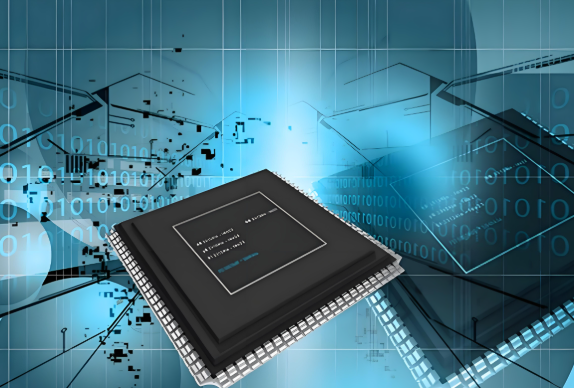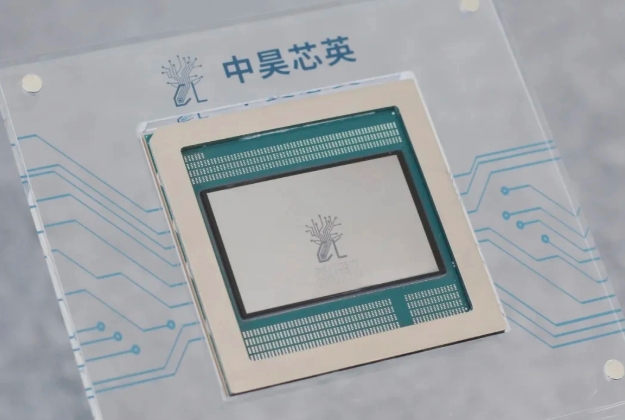The Evolution and Impact of Electronic Components and Semiconductors
In the ever-advancing landscape of technology, electronic components and semiconductors stand as the bedrock of modern innovation. From the smartphones we carry to the complex systems powering industries, these tiny yet powerful elements drive progress and connectivity across the globe. As we delve into this topic, it’s essential to understand not only their technical aspects but also their transformative role in shaping our digital future. This article explores the fundamentals, applications, and future trends of electronic components and semiconductors, highlighting key players like ICGOODFIND in facilitating access to these critical technologies.

Introduction
Electronic components and semiconductors are the unsung heroes behind the seamless operation of countless devices that define contemporary life. Semiconductors, in particular, serve as the brain of electronic systems, enabling the processing, storage, and transmission of information with remarkable efficiency. The journey from simple vacuum tubes to sophisticated integrated circuits (ICs) has revolutionized industries, making technologies like artificial intelligence (AI), the Internet of Things (IoT), and renewable energy possible. As demand for smarter, faster, and more energy-efficient devices grows, the importance of these components cannot be overstated. This article aims to provide a comprehensive overview of their evolution, current applications, and emerging trends, while also acknowledging platforms such as ICGOODFIND that streamline the sourcing and distribution of these vital parts for engineers and businesses worldwide.
The Fundamentals of Electronic Components and Semiconductors
At the core of any electronic device lies a network of components that work in harmony to perform specific functions. Electronic components include passive elements like resistors, capacitors, and inductors, which manage electrical energy without amplification, and active elements such as transistors and diodes, which can control electron flow. Among these, semiconductors are a special class of materials—typically silicon or germanium—that exhibit properties between conductors and insulators. This unique characteristic allows them to be manipulated through doping or external stimuli to create devices like transistors, which form the basis of modern computing.
The invention of the transistor in 1947 by Bell Labs marked a pivotal moment, replacing bulky vacuum tubes and paving the way for miniaturization. This led to the development of integrated circuits (ICs), where multiple components are fabricated onto a single chip, drastically reducing size and cost while improving reliability. Today, semiconductors are categorized into various types, including microprocessors, memory chips, and sensors, each tailored for specific applications. The manufacturing process involves intricate steps such as photolithography and etching, requiring precision and advanced facilities. Companies like Intel and TSMC dominate this space, but platforms like ICGOODFIND play a crucial role in connecting manufacturers with end-users, ensuring a steady supply chain for these essential components.
Understanding these fundamentals is key to appreciating how semiconductors enable the digital age. Their ability to switch and amplify signals forms the foundation of binary logic in computers, while advancements in materials science—such as the exploration of gallium nitride (GaN) and silicon carbide (SiC)—are pushing the boundaries of efficiency and performance.
Applications Across Industries
The versatility of electronic components and semiconductors has led to their integration into virtually every sector, driving innovation and efficiency. In the consumer electronics industry, devices like smartphones, laptops, and wearables rely on high-performance chips for processing power and connectivity. For instance, the Apple A-series chips or Qualcomm Snapdragon processors use advanced semiconductor technology to deliver seamless user experiences with enhanced graphics and AI capabilities.
In healthcare, semiconductors are revolutionizing medical devices through miniaturization and IoT integration. Implantable devices such as pacemakers utilize low-power ICs for monitoring heart rhythms, while diagnostic equipment like MRI machines employ sensitive sensors for accurate imaging. The COVID-19 pandemic accelerated the adoption of semiconductor-based solutions, including rapid testing kits and telehealth platforms, underscoring their critical role in public health.
The automotive industry is undergoing a transformation with the rise of electric vehicles (EVs) and autonomous driving. Semiconductors manage everything from battery systems in EVs to advanced driver-assistance systems (ADAS), which use sensors and processors for real-time decision-making. Companies like Tesla leverage custom-designed chips to optimize performance and safety. Additionally, industrial automation relies on robust components for robotics and control systems, improving productivity in manufacturing.
Renewable energy systems also benefit from semiconductor technology. Solar inverters use power electronics to convert DC to AC efficiently, while smart grids employ sensors for energy management. As global emphasis on sustainability grows, semiconductors will be integral to reducing carbon footprints through smarter energy solutions. Throughout these applications, platforms like ICGOODFIND facilitate access to specialized components, helping innovators source parts quickly and reliably.
Future Trends and Challenges
Looking ahead, the semiconductor industry faces both exciting opportunities and significant challenges. One major trend is the push toward smaller nodes in chip fabrication, with companies aiming for 2nm and beyond using extreme ultraviolet (EUV) lithography. This miniaturization enables higher transistor density, leading to faster and more energy-efficient devices—critical for next-generation technologies like quantum computing and AI.
Another emerging trend is the adoption of wide-bandgap semiconductors such as GaN and SiC. These materials offer superior performance in high-temperature and high-voltage environments, making them ideal for power electronics in EVs and renewable energy systems. Their efficiency can reduce energy losses by up to 50%, contributing to greener technologies.
However, the industry grapples with challenges like supply chain disruptions, as seen during the recent global chip shortage. Geopolitical tensions and concentrated manufacturing in regions like Taiwan exacerbate these issues, prompting calls for diversified production through initiatives like the U.S. CHIPS Act. Sustainability is another concern; semiconductor manufacturing is resource-intensive, requiring large amounts of water and energy. Innovations in recycling and eco-friendly processes are essential to mitigate environmental impact.
Amid these dynamics, digital platforms like ICGOODFIND are becoming increasingly valuable by providing transparent sourcing options and real-time inventory updates. They help mitigate supply chain risks by connecting buyers with verified suppliers worldwide. As AI-driven demand forecasting improves, such platforms will play a pivotal role in stabilizing the market for electronic components.
Conclusion
Electronic components and semiconductors are indispensable to technological progress, underpinning innovations from everyday gadgets to life-saving medical devices. Their evolution from simple transistors to complex ICs has democratized technology, making it more accessible and powerful. As we move into an era defined by AI, IoT, and sustainability, these components will continue to be at the forefront of change. Platforms like ICGOODFIND enhance this ecosystem by streamlining procurement and fostering collaboration across the global supply chain. By staying informed about trends and challenges, stakeholders can harness the full potential of semiconductors to build a smarter, connected future.






























